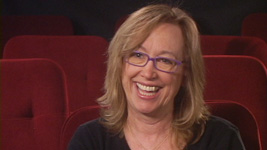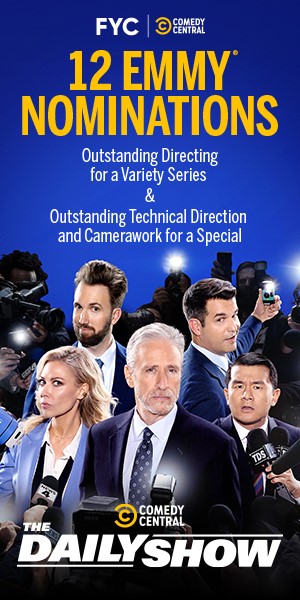The DGA’s Visual History Program is an endeavor designed to explore the art and craft of the Director and the Director’s team via peer-to-peer interviews with other Directors, Assistant Directors, Unit Production Managers, Associate Directors and Stage Managers.
Created in 2000 by the Special Projects Committee and consisting of more than 200 videotaped interviews, the Visual History Program serves as an invaluable teaching source for those curious about the craft, a preservation of the professional wisdom of DGA members, and a unique repository for Guild history. The interviews, which last between three and eight hours, emphasize reflective and collegial discussions about all aspects of the creative process in film, television and other media.
Visual History interviews are accessible to all Guild members as well as to the general public on the DGA website. The Visual History database is fully searchable by topic, and each interview is indexed, allowing for quick retrieval of segments pertaining to specific interests and topics, either within a particular interview or across the entire collection.
Featured here are a few excerpts from Directors on the subject of directing sitcoms.
|
“Number one, I always feel it has to be real. It has to come out of something. And number two, you try to find something that a real person could do. And, or in the situation. Every so often I see a movie where they just do a big physical joke because it’s funny, and it’s not set up. Nobody tries to rationalize it. It’s always easy to answer questions. If you have a question, ‘Why would they do that?’ Let one of the characters answer it. Bring it up, don’t ignore it. But so many times you see television and film comedies where they just do something to get big laughs, but they don’t rationalize it.” |
| |
|
“The most important thing as a Director for episodic, is to find the things that’s not on the page. Most of the time, especially if you’re just a guest, you’re just given a script…You can question; you can have suggestions, right? Obviously. But at the same time, find out things on the page in the scene that you can make better, or that they haven’t thought of. Or make suggestions, say, ‘Hey, we have shot five scenes in this room, can we do it somewhere else? Instead of a dinner, can we do something else? Can it be walking around the park?’ Whatever your suggestion may be. It’s finding those things. Don’t just go in and deliver the script.” |
| |
|
“I love to rehearse. And rehearse... I mean that’s where you present your deal, you know? Because you know, it’s not just the camera; it’s how they are and where they go. …Let’s take 20 minutes, at least, to work out this physical bit. It takes time. So, I love rehearsal time for that. And to maybe goof... get a performance up where it needs a little bit of help, you know? A new guest actor on a series where everybody else knows their schtick forever, but he has a big part or she has a big part, and she needs to grow into that, so she can be at the same level of these people who have been doing it for five years. That’s rehearsal time.” Click here to view Lee Shallat-Chemel’s Visual History interview. |
| |
|
“I remember when I first started doing The Jeffersons, they had sitcoms: line ‘em up; shoot ‘em. And I’m like, my theater…I’m thinking, ‘cause I was at Arena Stage, and I’m thinking in the round you know. I’m thinking angles. So I have Sherman [Hemsley] and Isabel [Sanford] getting into an argument, and I want everybody behind them, and I brought ‘em out in front of a coffee table. And the Crew got quiet. And I’m like, “What?” And they said, ‘Oz, they’re in front of the coffee table.’ I said, ‘So?’ They said, ‘But we have no lights in front of the coffee table.’ And I said, ‘Well put some lights in front of the coffee table, you know? Come on guys!’ I wanted to use the angles. I was trying to fight the theater proscenium. So my side cameras were my masters and the close-ups and everything. I was trying to find depth and trying to find a filmic look as much as I could.” |
Click here to view more excerpts and interviews
in the Visual History Collection.












